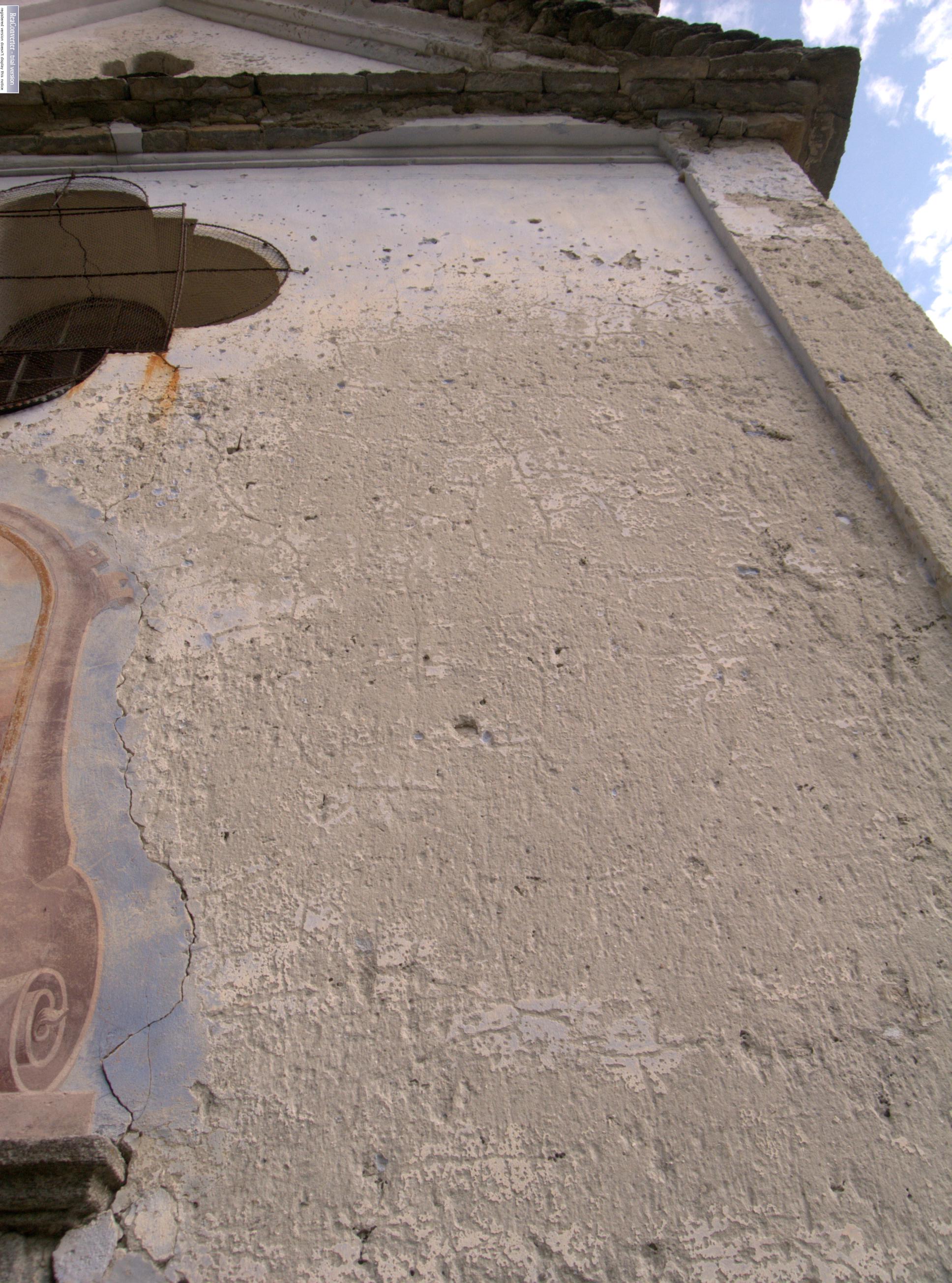Why lime mortar?
Until well into the 19th century, there was only lime mortar. The binding agent cement, which is common today, had not yet been invented. The production of lime mortar was expensive and time-consuming. Limestone had to be burned in lime kilns using large quantities of wood. In areas without limestone, the burnt lime had to be transported over long distances. Many buildings of the "vernacular architecture" are built with natural stone walls. The masonry of these buildings was often built with drystone masonry. Often the gaps in the masonry core were filled with ash, clay or manure to stop wind passing through. After the masonry was built, the surfaces of the masonry (if necessary) were pointed from the outside with lime mortar. The purpose of pointing was: protection against wind and water, protection from animals in the masonry (mice, reptiles, insects) and representation (if you could afford it you showed a beautifully plastered facade ). If more money was available, lime mortar was used more generously.
Today, lime mortar is again appreciated. Compared to modern cementitious mortars, it has the following advantages:
Technical reasons
Lime mortar is the most suitable mortar for natural stone masonry. It is softer than the masonry stones, can absorb movements resulting from temperature and moisture fluctuations without cracking. Lime mortar is open to diffusion, moisture in the masonry can evaporate freely.
Aesthetics
The earth colors of the lime mortar and the lime paints have a harmonious effect. The slightly washed-out or iridescent colors of the lime mortar surfaces have a lively effect.
Ecology
The materials used, lime and sand, return to nature as lime and sand at the end of the structure's service life.
Examples of old lime mortars
Shown are not only "beautiful" intact examples, but also examples of weathered and damaged mortar and plaster. From such examples, much can be learned about the composition, processing and structure of the mortar.
